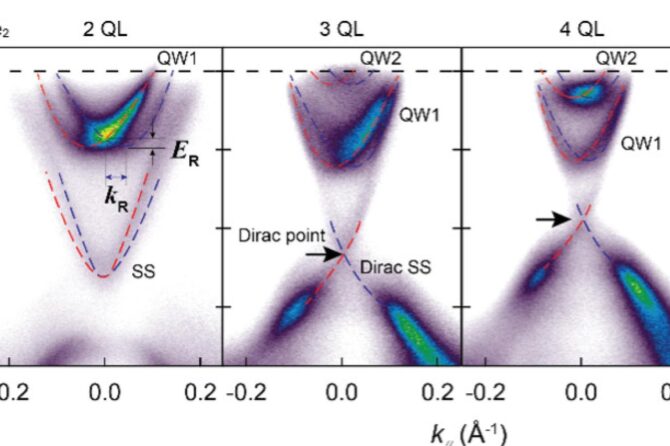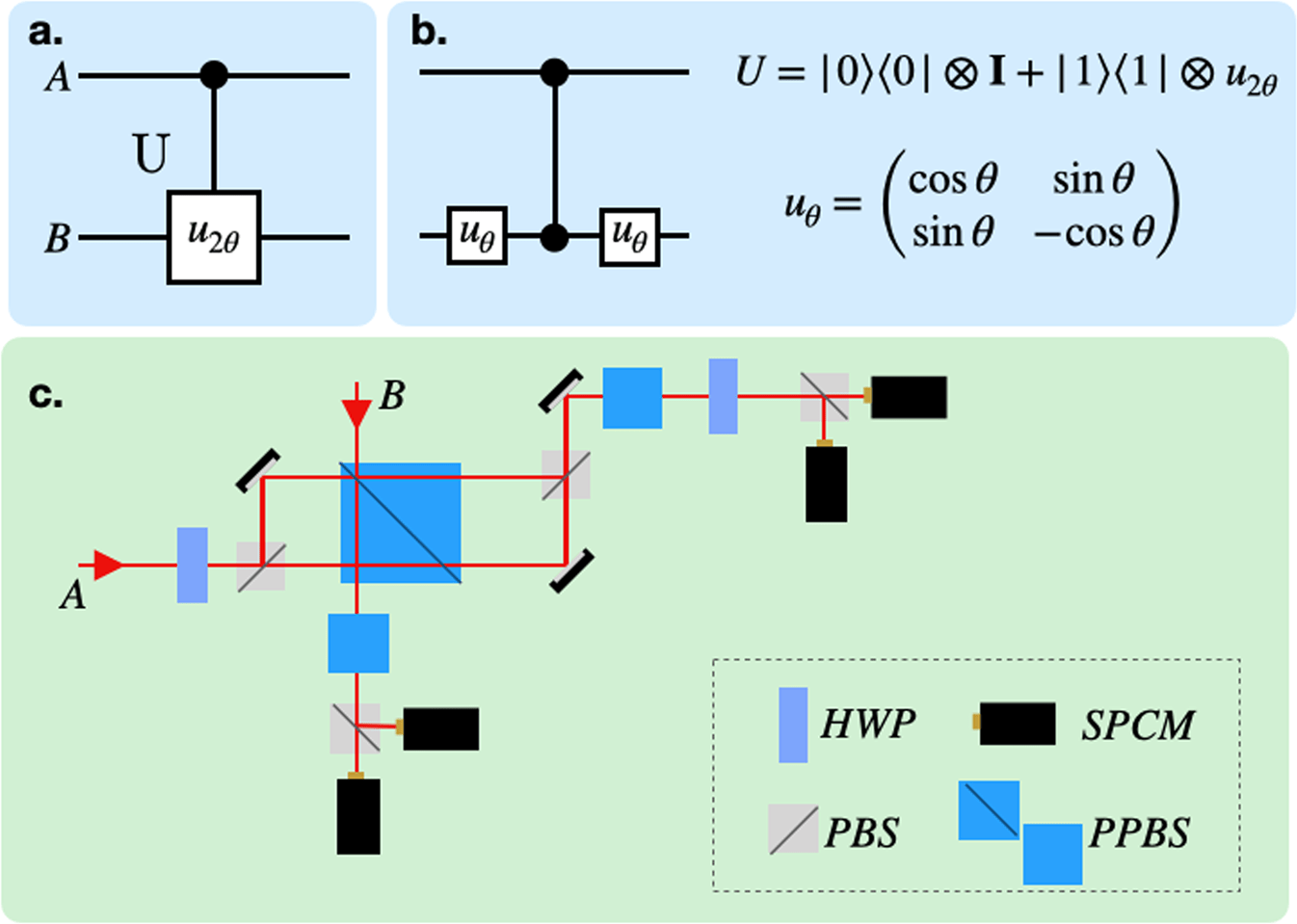Researchers at Columbia Engineering and Montana State University have reported that they have found that placing sufficient strain in a 2-D material—tungsten diselenide (WSe2)—creates localized states that can yield single-photon emitters.
Using sophisticated optical microscopy techniques developed at Columbia over the past three years, the team was able to directly image these states for the first time, revealing that even at room temperature they are highly tunable and act as quantum dots, tightly confined pieces of semiconductors that emit light.
This discovery is very exciting, because it means a single-photon emitter can be positioned wherever and be tunable, such as the color of the emitted photon, simply by bending or straining the material at a specific location.
Knowing just where and how to tune the single-photon emitter is essential to creating quantum optical circuitry for use in quantum computers. (Phys.org)
The study has been published by Nature Nanotechnology.




